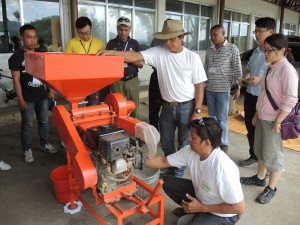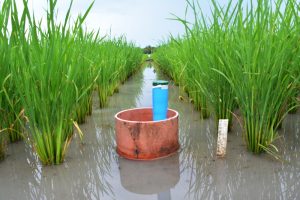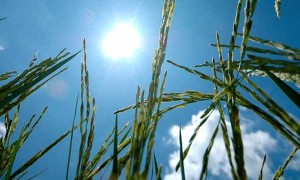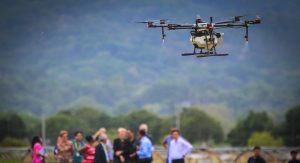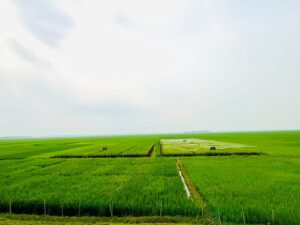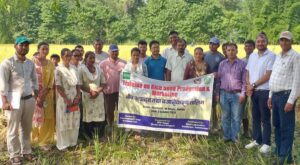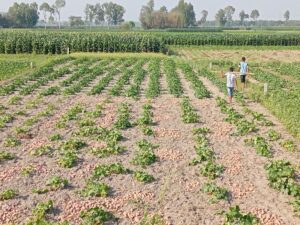Robert Saik, CEO of AGvisorPRO, believes that rural broadband that will provide connectivity of all farm operations will be the future of global agriculture.
Mr. Saik is forming a new company that aims to increase the profitability and sustainability of farmers globally by creating brand-new connectivity for agriculture.
He also said robotics can solve labor problems as well as perform dangerous, dirty, and dull farm chores.
Read the full story at Successful Farming
More on modern farm technologies:
Digital agriculture and pathways out of poverty: the need for appropriate design, targeting, and scaling
Digital technologies have the potential to revolutionize agriculture and transform the sector and rural livelihoods. The integration of digital technology in agriculture can potentially lead to the modernization of the sector through better connected, informed farmers who have access to new information and markets while reducing hardships and ultimately improving their livelihoods. Agricultural researchers and implementers are actively developing new tools and solutions in agriculture that leverage digital technologies.
Sowing the seeds of innovation
Innovation lies at the heart of the new strategic plan of IRRI. It is a building block for attracting long-term investment and strengthening the organization’s role within the rice science sector. Initiatives that generate new ideas and support original ways of working serve as a foundation for the organization’s future. Nguyen Van Hung is part of a team that develops new technologies in mechanization and postharvest processes at IRRI. His team used the research grant to develop EasyHarvest, an application that optimizes the scheduling of combine harvester services.
Researchers use drones to study nutrient status, greenhouse gas emissions of rice crop
Unmanned aerial vehicle or drone footage provides a more integrated visual inspection of a rice field from above and makes it possible to gather more accurate, efficient, and location-specific data compared with traditional data gathering instruments. Through remote sensing, drones are used to collect field data in form of raw images that capture various indicators of nitrogen crop growth status, for example, the greenness of the leaf and the density of the canopy. Using emerging technologies can be useful in developing tools and models for decision-making in nutrient management that result in sustainable practices and input use-efficient rice-based cropping systems.

